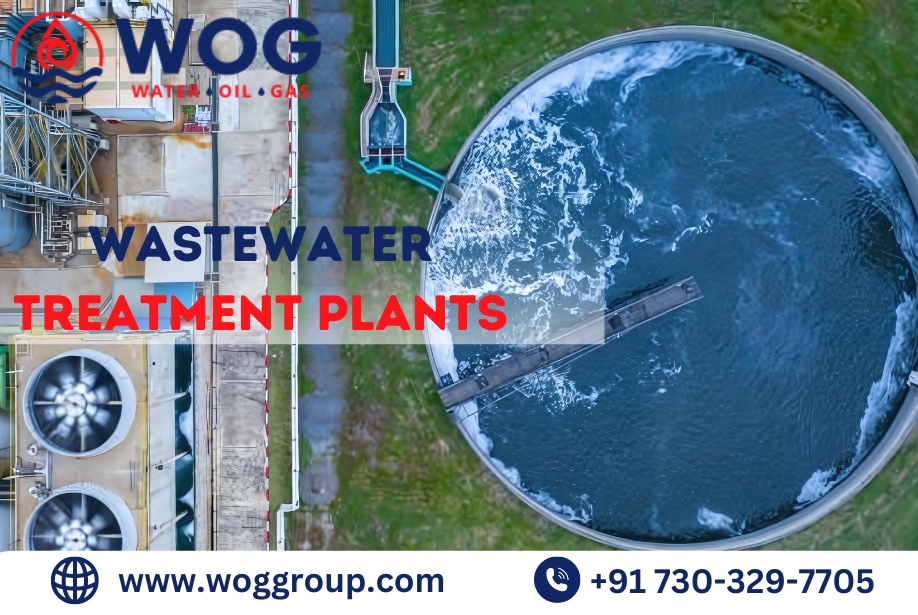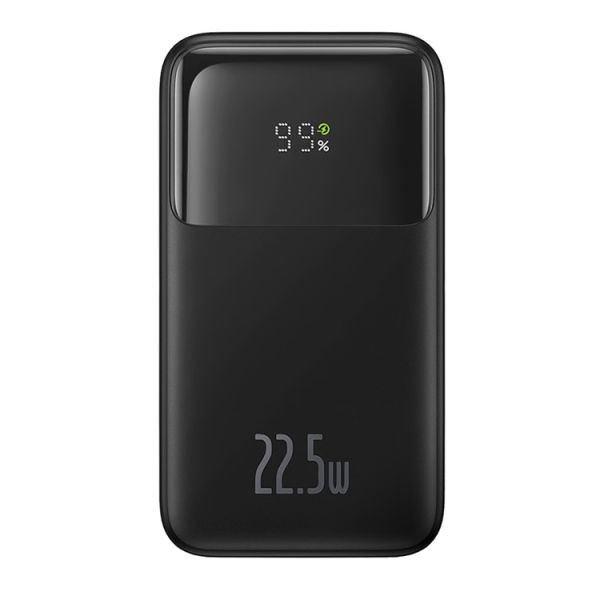Keeping our environment clean and healthy is the responsibility of wastewater treatment plants. Nevertheless, they encounter numerous obstacles that might impede their capacity to function efficiently. Talk about how to deal with the few typical problems that wastewater treatment plants encounter. Treatment facilities can improve their efficiency and pollutant removal by implementing novel technologies. Existing facilities can be kept running for a longer period by investing in infrastructure upgrades and performing regular maintenance. If we want to satisfy capacity demands, we need to work with communities and regulatory agencies to find long-term solutions. Wastewater treatment plants can keep preserving the public’s health and our water supply by confronting these problems head-on.
Importance of wastewater treatment
Household, industrial, and commercial wastewater is managed by wastewater treatment plants (WWTPs). The following reasons emphasize their importance:
- Pollution Control: WWTPs remove impurities and pollutants from wastewater before discharging it into natural waterways, preserving aquatic habitats. These plants preserve biodiversity by purifying wastewater and maintaining rivers, lakes, and seas.
- Disease Prevention: Effective treatment eliminates bacteria and contaminants that cause waterborne diseases, protecting public health.
- Safe Water Supply: Advanced wastewater treatment can be used for irrigation, industrial activities, and drinking water.
- Water Reuse: WWTPs recycle treated wastewater for agricultural, industrial, and recreational use, lowering freshwater demand.
- Energy Production: Biogas production can be used to generate renewable energy, helping to sustain energy.
- Investment: Clean water and wastewater management can attract enterprises and help the local economy.
- Resource Management: Effective wastewater management and prudent resource usage help WWTPs promote sustainable urban growth.
- Resilience: Wastewater treatment reduces rainwater and runoff pollution, lowering flooding. Access to clean water and appropriate wastewater management improves the community’s quality of life.
- Recreation: Clean waterways encourage fishing, swimming, and boating, which improve community health and enjoyment.
- Innovative Solutions: WWTPs typically use modern technologies to boost treatment efficiency and reduce environmental impact.
These facilities can host water treatment technology and practice research.
Common Challenges Faced by Wastewater Treatment Plants and How to Overcome Them
Many issues affect wastewater treatment plants (WWTPs) efficiency and efficacy. Here are some frequent issues and solutions:
- Aging Infrastructure
- Challenge: Outdated equipment and infrastructure in WWTPs cause inefficiency and higher maintenance costs.
- Solution: Upgrade and maintain regularly. Assess important areas for improvement and prioritize upgrades or replacements.
- Regulatory Compliance
- Challenge: Compliance with strict environmental standards can be challenging, especially as they grow and become more demanding.
- Solution: Monitor regulatory developments and invest in compliance technologies. Standard compliance training for personnel might also help.
- Inflow and Infiltration (I/I)
- Challenge: Rain or groundwater can overwhelm sewage treatment plants, particularly during storms.
- Solution: Repair sewer leaks and install flow monitoring systems to reduce I/I.
- Energy Consumption
- Challenge: High operational expenses and carbon footprint result from energy-intensive WWTPs.
- Solution: Use solar and wind energy and optimize aeration procedures.
- Sludge Management
- Challenge: The challenge of managing and disposing of sludge can be complex and costly if not done appropriately.
- Solution: Consider biogas production or agricultural fertilizer from sludge.
- Labor shortages
- Challenge: Finding and retaining qualified workers can be challenging, especially in rural or high-demand places.
- Solution: Competitive pay, benefits, and professional development. Work with local schools to train future operators.
- Public Perception and Support
- Challenge: Poor public perception of wastewater treatment might limit funding and facility upgrades.
- Solution: Educate the community about wastewater treatment’s benefits. Celebrate successes and improvements.
- Technology
- Challenge: Keeping up with rapid treatment technology improvements can be costly and daunting.
- Solution: Use industry conventions and magazines to learn about new technologies. Pilot test new technologies before implementing them to evaluate their efficacy.
- Climate Change
- Challenge: Rainfall patterns, flooding, and rising temperatures present challenges to treatment capacity and procedure.
- Solution: Risk assessments highlight vulnerabilities and adaptive management strategies boost resilience. This could include harsh weather infrastructure enhancements.
- Chemical Management
- Challenge: Chemicals in treatment processes pose safety and environmental problems.
- Solution: Follow stringent chemical handling and storage guidelines. Explore chemical-free treatment options.
Technologies for efficient wastewater treatment
Protecting public health and the environment requires efficient wastewater treatment. Many advanced technologies can improve wastewater treatment. These technologies are promising:
- Activated Sludge Process
- Description: A biological treatment process where microorganisms break down organic matter in wastewater in aeration tanks.
- Benefits: Effectively reduces BOD and TSS.
- Membrane Bioreactors (MBR)
- Description: Enhances effluent quality and solids control by combining biological treatment with membrane filtration.
- Benefits: Produces high-quality treated water suitable for reuse; reduces footprint compared to conventional systems.
- Sequencing Batch Reactors (SBR)
- Description: A batch process that treats wastewater in a single tank through fill, react, settle, and draw phases.
- Benefits: Flexible operation; effective for varying inflow rates and can achieve high levels of nutrient removal.
- Constructed Wetlands
- Description: Natural systems that use soil, plants, and microorganisms to treat wastewater.
- Benefits: Environmentally friendly, minimal energy requirements, and effective for tiny communities or decentralized applications.
- Advanced Oxidation Processes (AOP)
- Description: Uses strong oxidants (like ozone, hydrogen peroxide, or UV light) to break down contaminants.
- Advantages: Treats complex pollutants like pharmaceuticals and industrial chemicals.
- Microbial Fuel Cells (MFC)
- Description: Uses microbes to break down organic stuff while generating electricity.
- Benefits: Energy-generating wastewater treatment promotes sustainability.
- Anaerobic Digestion
- Description: A biological process that breaks down organic waste in the absence of oxygen, creating biogas and digestate.
- Benefits: Produces biogas and reduces sludge disposal.
- Reverse Osmosis (RO)
- Description: A filtration process that uses a semipermeable membrane to remove contaminants from water by applying pressure.
- Benefits: Produces high-quality effluent suitable for reuse in irrigation or industrial applications.
- Electrodialysis
- Description: Uses an electric field to drive ions through selective membranes, effectively removing salts and contaminants.
- Benefits: Efficient for desalination and can be used to treat brackish water or industrial wastewater.
- Biological Nutrient Removal (BNR)
- Description: A sequence of biological processes designed to remove nitrogen and phosphorus from wastewater.
- Benefits: Helps prevent eutrophication in receiving waters, improving overall ecosystem health.
- Integrated Fixed-Film Activated Sludge (IFAS)
- Description: Combines suspended growth (activated sludge) with fixed-film processes (biofilm on medium).
- Benefits: Increases treatment capacity and enhances nutrient removal without the need for extra tankage.
We provide specialized technical solutions through internal expertise and strategic partnerships to meet client goals. WOG offers various services, including design, construction, and installation. The Industrial effluent water treatment system makes use of cutting-edge, environmentally advantageous technologies. After we studied the effluent, we processed it and discharged it into the neighbouring bodies of water. The mechanisms ensure that recycled water won’t harm the environment.



